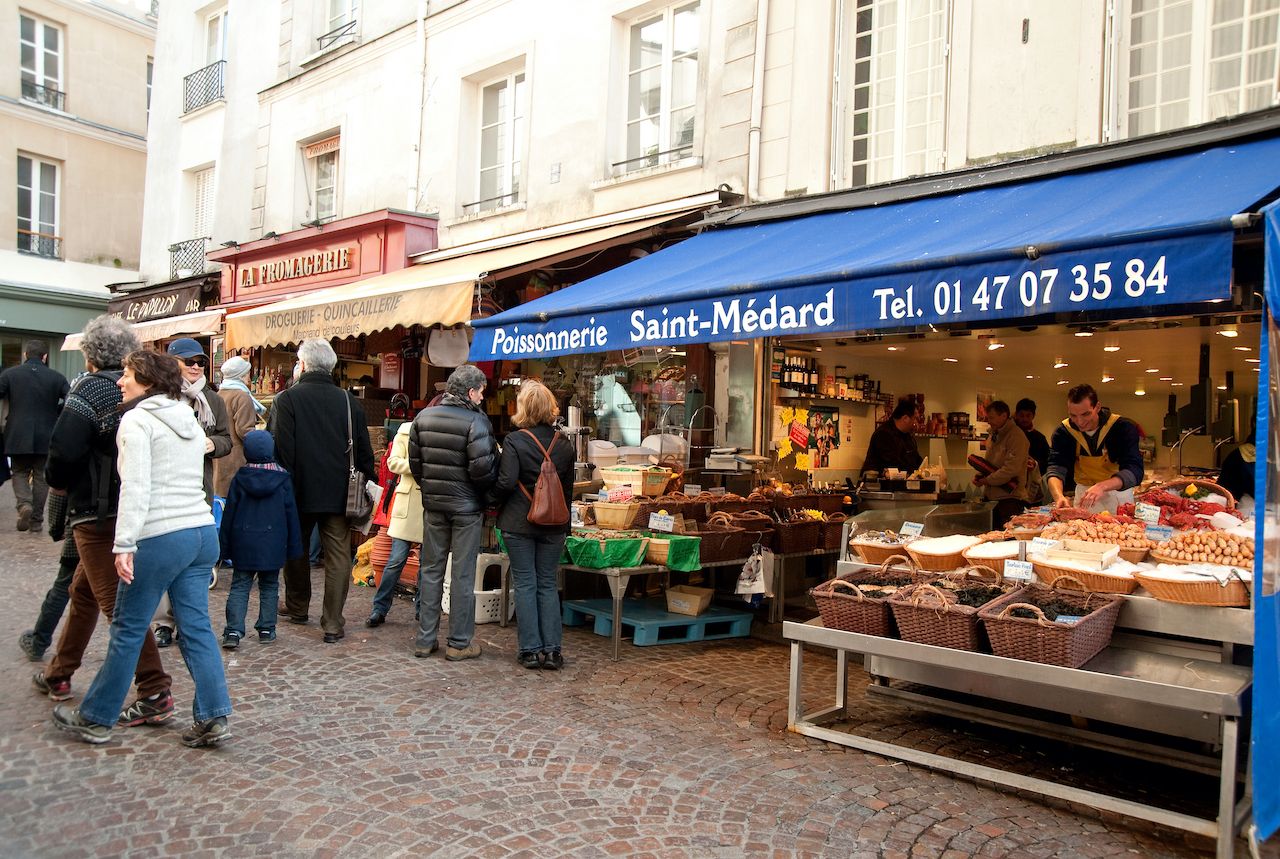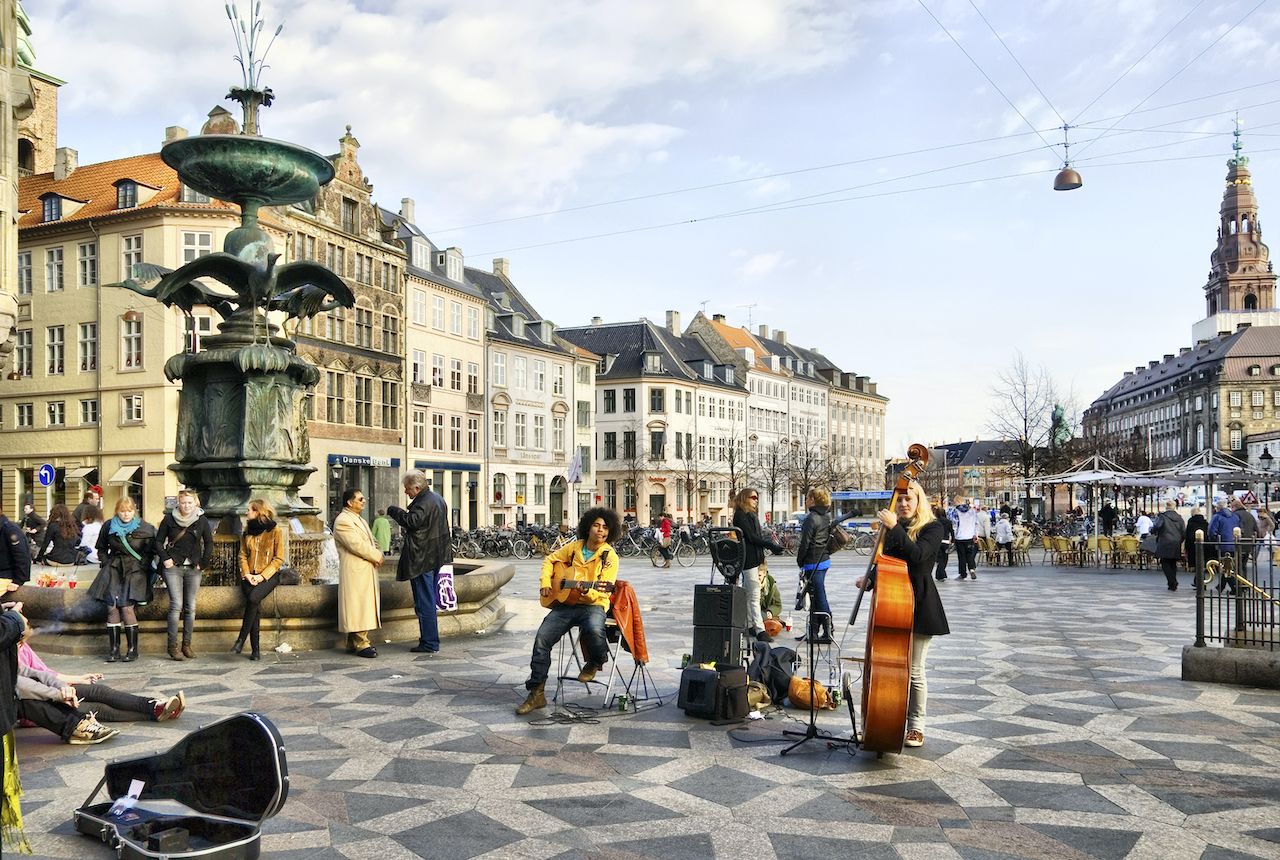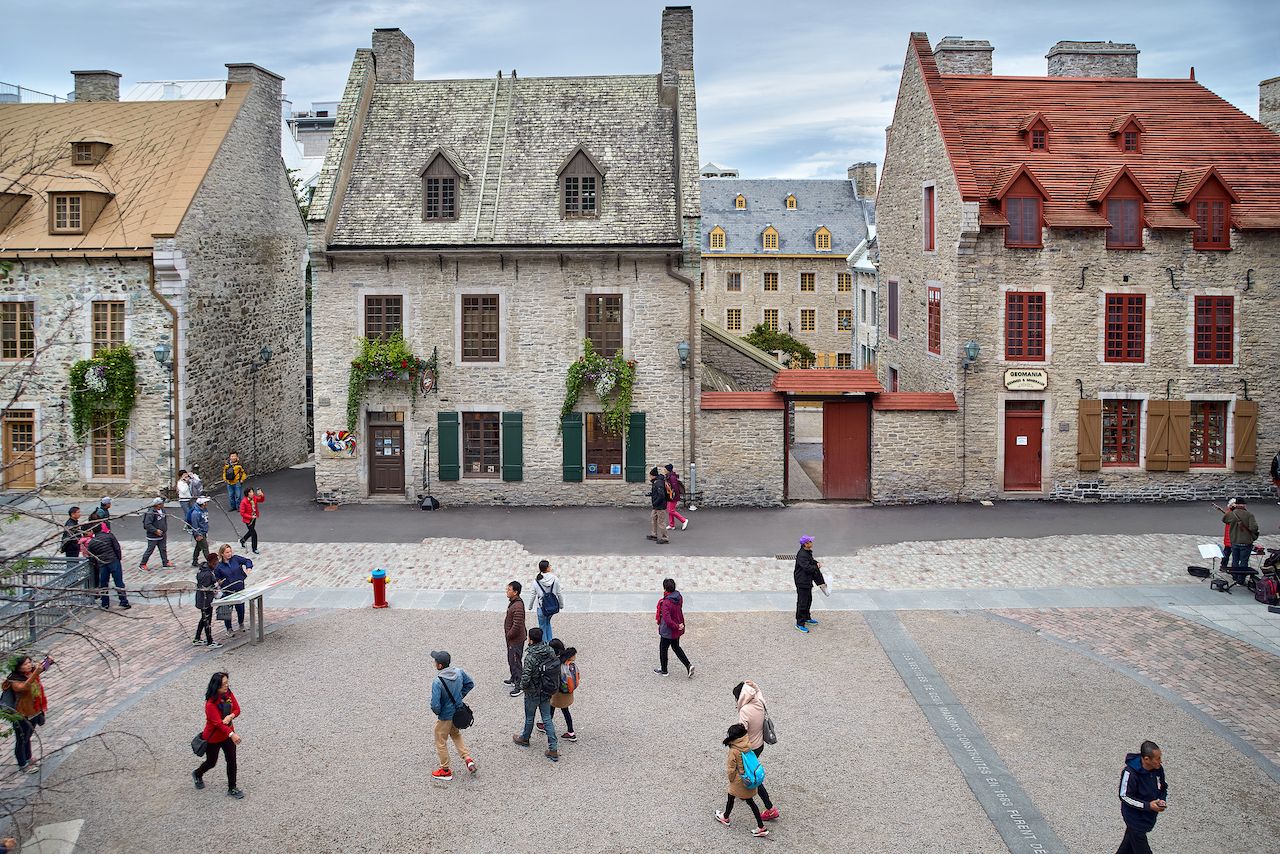Reclaiming streets for pedestrians is in vogue right now. Thanks to the COVID-19 pandemic and restrictive social distancing measures, cities around the United States are looking to expand sidewalks, close roads to traffic, and give restaurants more space to seat patrons. Seattle has already closed 20 miles of streets to traffic to make more room for outdoor dining and activities, and cities in California, like Berkeley, are following suit.
Some cities around the world, however, sported world-class pedestrian streets long before they were cool. Sometimes tucked away in alleyways surrounded by urban sprawl, and sometimes serving as the main thoroughfare, walking streets offer a glimpse into a city’s past, and its unique character. From Los Angeles to Beijing, these beautiful, memorable promenades transport you back to a simpler time when you didn’t have to look both ways to cross the road.







